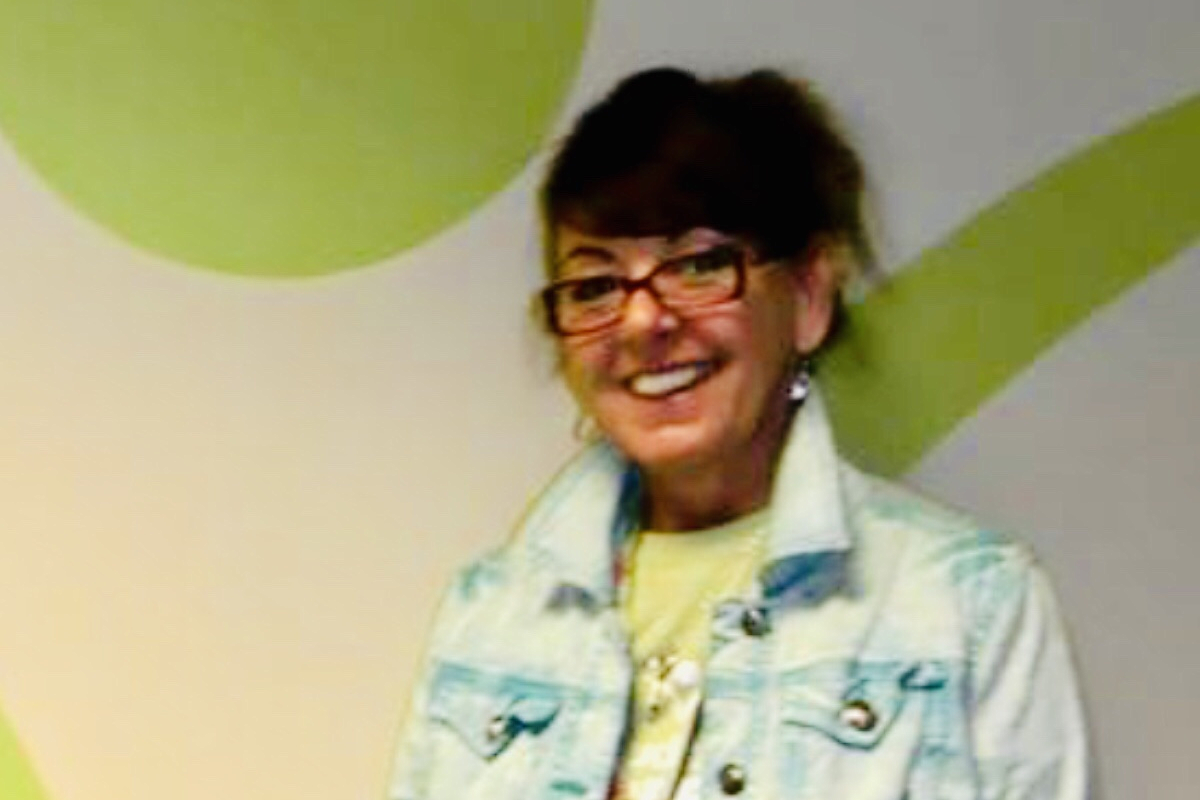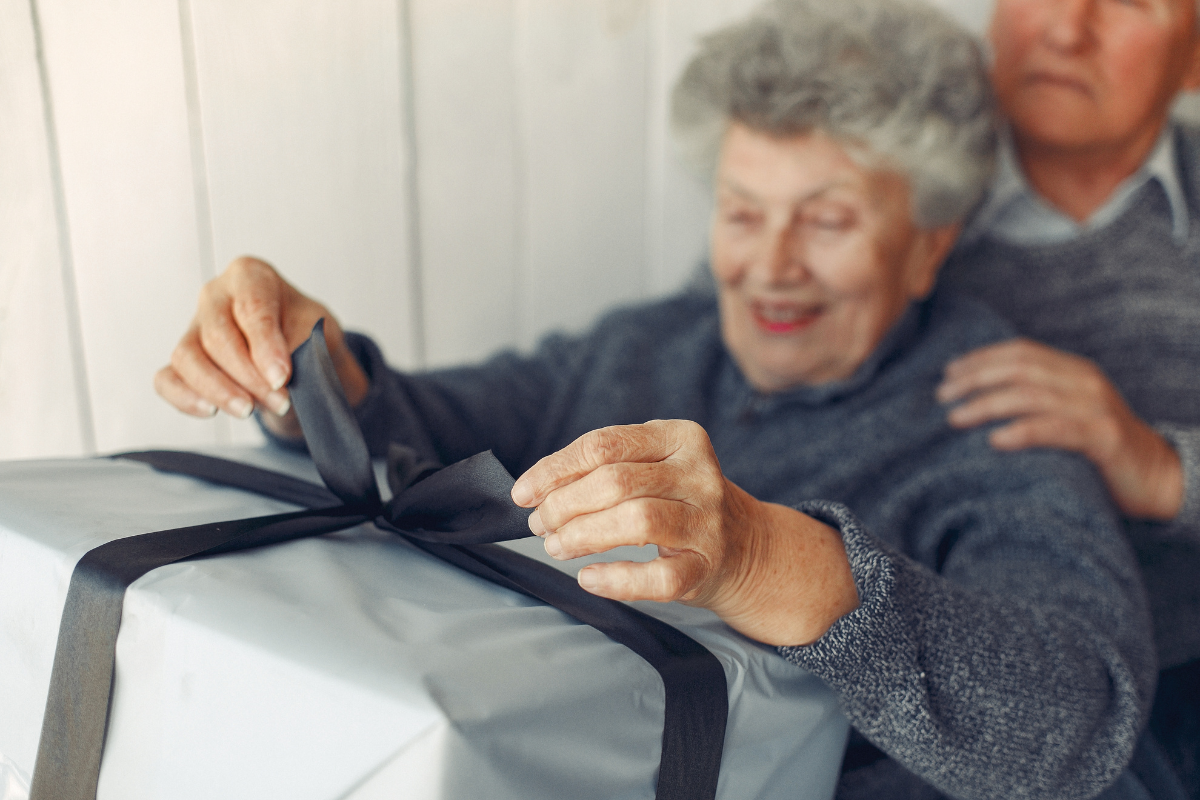Meet Hospice Aide Gabriela Jimenez

Throughout CNA Week, we'll be introducing you to just a few of the many dedicated and compassionate hospice aides who care for our patients. CNAs are also called HHAs, STNAs and hospice aides. Today, meet Gabriela Jimenez from our Green, OH office.
How long have you been with Crossroads?
I’ve been with Crossroads for 11 years. I cannot have a better company working with me. Through all my ups and downs, they’ve been there for me. I lost my daughter, and Crossroads didn’t just care for me. They cared for my whole family. They had my back the whole way.
What made you decide to become a hospice aide?
I once had a home dementia patient. I got into hospice because his daughter was in hospice. She told me, “You’re doing such a great job with dad. You should be a hospice aide.” Crossroads came in to help at the end, and I liked what they did.
What do you wish more people knew about hospice?
At end of life, I believe in my heart that no matter what age, you should have the same love, care, respect, and dignity when we pass as we give to babies when they are born.
Hospice is not only for the patient, but for the whole family. You enter a room as a stranger to them, but you get to know each and everyone of them, and they all become your patient. Each person has different expectations of end of life. There’s a lot of denial. There’s a lot of misconceptions about hospice. They second guess themselves. I want to give more to them. My daughter died differently, she died in an accident, but what I can do to care for these families and to give them comfort helps me cope with my own loss.
In that moment, families feel like their loved one may still get better or that hospice will just kill them off. Some have problems understanding hospice. Some are very in tune with hospice. It’s really all about giving love to the family. That’s what’s important.
What is a typical day like for you?
My typical day starts at 5am. I get report on my patients through email. Then you never know where you’ll end up. Sometimes it’s up to an hour going to a hospital, a long-term facility, a short-term facility, a home. When I get there, I examine my patients. I get to know the family and patient. I find out what they feel like. Do they have any pain? Then I provide my care.
One thing that’s important is continuity. The family needs to get to know you so they can trust you to work on their loved one. They want to know how I react. How I handle the patient.
Sometimes the hardest ones are the young moms and dads with little kids. Because when you are a mom or a dad, you know the kids are going to take it a different way.
Sometimes you go to your car, you boo-hoo a little bit, then you put your makeup back on and put on a smile and go in to help them.
What do hospice aides do?
We are family for the ones that have nobody. When you get a little response, a squeeze of a hand, or they open their eyes, that’s still something for me. They know someone is caring. They can be almost comatose, but they understand what you’re doing, and even if they can’t respond, you can feel them relax.
I like to make sure patients are dressed in their own clothes. I look at their pictures and do their hair and fix them up like the pictures. These little tiny things are important. Death is grim, but it’s part of living. We’re all blueprints of our loved ones and carry them with us. We always carry their love.
It’s rewarding to make sure patients look good and smell good. Relatives will say they haven’t looked this way in a long time. That’s what brings me joy.
But It can also be hard. Families are crumbling. Sometimes all you can do is give them a hug and that’s enough. I can’t say I’ve bene in their shoes or push my religion on them, but I say a silent prayer. I believe there is a higher power for us who cares for our loved ones, and I can’t do my job without carrying that with me.




